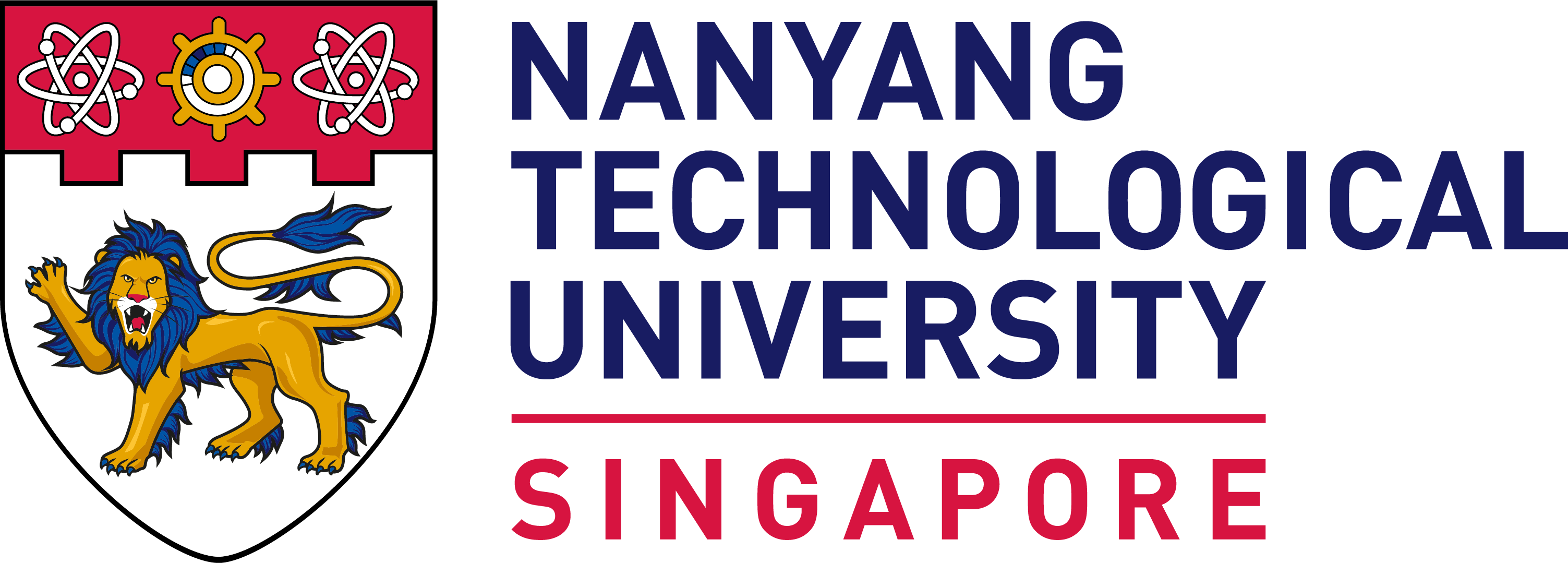Business Value of Information Technology Capabilities in the Electric Utility Industry

Companies are increasingly investing in information technology (IT) capabilities to boost efficiency, decision-making, and overall performance across a variety of activities. However, the business value of these IT investments is not the same for all firms as it depends on various factors such as the firm’s regulatory environment and market conditions. For instance, a firm operating in a highly regulated industry, such as the energy sector, may face different opportunities and uncertainties stemming from the changing regulatory environment and associated market changes.
To shed new light on how IT investments for developing different IT capabilities affect firm value in the regulatory environment, Professor John Qi Dong (Nanyang Technological University) and his co-authors explain the impact of a firm’s investments in distinct IT capabilities on the firm’s value, as evaluated by the financial market based on its regulatory environment. They conducted an empirical study of energy firms in the electric utility industry in the United States, which has experienced significant market restructuring due to regulation changes, to investigate the impacts of IT capabilities development (ITCD) on firms’ market value.
“A key reason for studying the electric utility industry is its high level of regulation. With strict government oversight of market structure and changing regulatory policies over time, it provides an ideal setting to explore how different IT capabilities and regulatory environments jointly determine firm value”, explained Professor John.
Intrafirm vs Interfirm IT Capabilities
In this industry context, there are two key characteristics of the regulatory environment specific to each firm depending on its market scope across states in the country: (1) deregulation and (2) regulatory uncertainty. Specifically, deregulation refers to the degree to which a firm operates in states that allow consumer choice during market restructuring. On the other hand, regulatory uncertainty refers to the degree to which a firm operates in states that are discussing and debating market restructuring, particularly regarding changes in price control, value chain configuration and information control.

Professor John and his co-authors propose a model to explain how intrafirm and interfirm ITCD is valued by the financial market, depending on a firm’s regulatory environment in relation to deregulation and regulatory uncertainty. Intrafirm ITCD involves IT investments that coordinate internal assets and activities for energy production efficiency, reducing a firm’s internal coordination costs and price while improving its service reliability. Interfirm ITCD focuses on IT investments that coordinate market transactions with suppliers and customers, reducing external transaction costs and making the firm more flexible in providing agile service in cope with demand uncertainty. They expect that intrafirm and interfirm ITCD will be more valuable under a highly deregulated environment, and interfirm ITCD will be more valuable when there is high regulatory uncertainty than when there is low uncertainty. They test this model using firm-level data from the electric utility industry between 1994 and 2003.
The study found that deregulation and regulatory uncertainty can indeed influence the market value a firm can gain by investing in different IT capabilities. A firm’s intrafirm ITCD for enhancing efficiency, rather than interfirm ITCD, is rewarded by the financial market under a high level of deregulation of consumer choice. In contrast, a firm’s interfirm ITCD for fostering flexibility is rewarded by the financial market under a high level of regulatory uncertainty in relation to price control, value chain configuration, and information control.
“If you develop the right capability for the right regulatory environment, it is highly valued by the financial market. However, if you develop the wrong capability, even though it might address certain challenges, it would not be suitable for addressing the challenges stemming from your regulatory environment and, therefore, not valuable”, said Professor John.
Role of Regulation in IT Capabilities Valuation
![]()
It is essential for managers to recognise that the business value of developing IT capabilities is influenced not only by internal strategic investments but also by the external regulatory environment. Ensuring firm value is not just about investing in new IT such as artificial intelligence to follow a trend, but rather, it is about investing in the technologies that are appropriate for addressing the specific business problems in the regulatory environment where the firm operates. This consideration is increasingly important as firms learn to deal with an increasing number of emerging technologies and ever-increasing levels of policy uncertainty.
Regulators must also recognise that the regulatory framework they establish affects the market valuation of firms’ IT capabilities. To foster successful transitions to new regulatory contexts (e.g., policies for energy transition toward renewable sources), regulators should consider implementing incentives and penalties that motivate firms to develop specific capabilities that are suitable for a changing regulatory environment. Such considerations are vital in ensuring value creation in different market structures and should guide policymaking practice.
“As we found in this study, deliberations and debates about possible regulatory changes can already impact firms’ market value based on their investments for capability building before any laws are created. Once firms anticipate policy changes, they may begin adjusting their investment strategies. It is therefore crucial for policymakers to carefully manage policymaking processes”, Professor John concluded, highlighting a key takeaway from the research.
Note: This research paper was published by Information Systems Research (INFORMS) in March 2024.
John Qi Dong is an Associate Professor at Nanyang Business School, Nanyang Technological University. He conducts computational and empirical research at the intersection of information systems, management and marketing. He serves as an Associate Editor for Information Systems Research and as a Senior Editor for Journal of the Association for Information Systems. He was an Associate Editor for MIS Quarterly, which named him “Outstanding Associate Editor”.

